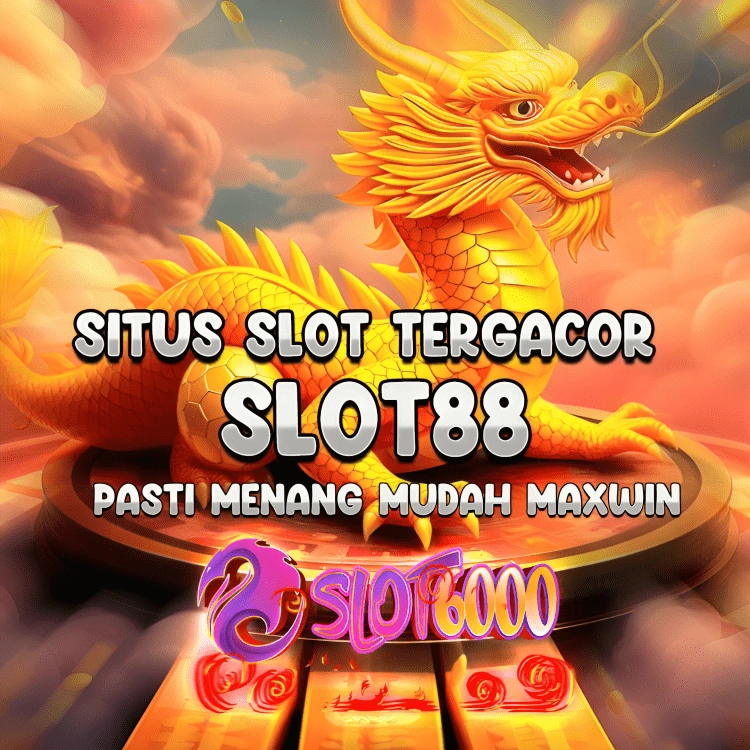June 16, 2025
No Comments
The PlayStation Portable revolutionized handheld gaming when it launched in 2004, bringing console-quality experiences to a portable format that had previously been dominated by simpler, less YOKAISLOT ambitious titles. PSP games demonstrated that portable gaming could offer the same depth, complexity, and visual fidelity as their home console counterparts, fundamentally changing expectations for what handheld gaming devices could accomplish and paving the way for future portable gaming innovations.
PSP games showcased an impressive range of genres and gameplay styles, proving that the portable format could accommodate everything from epic role-playing adventures to fast-paced action games, from strategic simulations to creative puzzle experiences. Titles like God of War: Chains of Olympus and Grand Theft Auto: Vice City Stories brought beloved console franchises to the portable realm without compromising the core elements that made these series popular. Meanwhile, original PSP games like Patapon and LocoRoco demonstrated that the platform could also nurture unique, innovative experiences that took advantage of the PSP’s specific capabilities and portable nature.
The technical achievements of PSP games were particularly remarkable considering the hardware limitations inherent in portable gaming devices. Developers had to balance visual ambition with battery life constraints, storage limitations with content depth, and complex control schemes with the PSP’s button configuration. The most successful PSP games found creative solutions to these challenges, implementing innovative design approaches that maximized the platform’s strengths while minimizing its weaknesses. This led to gaming experiences that felt both familiar and refreshingly different from their console counterparts.
Many PSP games have achieved cult status among gaming enthusiasts, representing hidden gems that deserve recognition alongside more mainstream gaming classics. The portable format allowed for more experimental and niche gaming experiences that might not have found audiences on major home consoles. Japanese developers, in particular, embraced the PSP as a platform for creative expression, producing numerous PSP games that showcased unique art styles, unconventional gameplay mechanics, and culturally specific themes that broadened the global gaming landscape.
The influence of PSP games extends far beyond the platform’s commercial lifespan, having established important precedents for modern portable gaming on devices like the Nintendo Switch and mobile platforms. The PSP proved that gamers desired sophisticated, full-featured gaming experiences in portable formats, a lesson that continues to shape the gaming industry’s approach to portable gaming development. Today’s most successful portable gaming experiences owe a debt to the pioneering PSP games that first demonstrated the viability and appeal of console-quality gaming on the go, establishing a legacy that continues to influence portable gaming design philosophy and player expectations.






